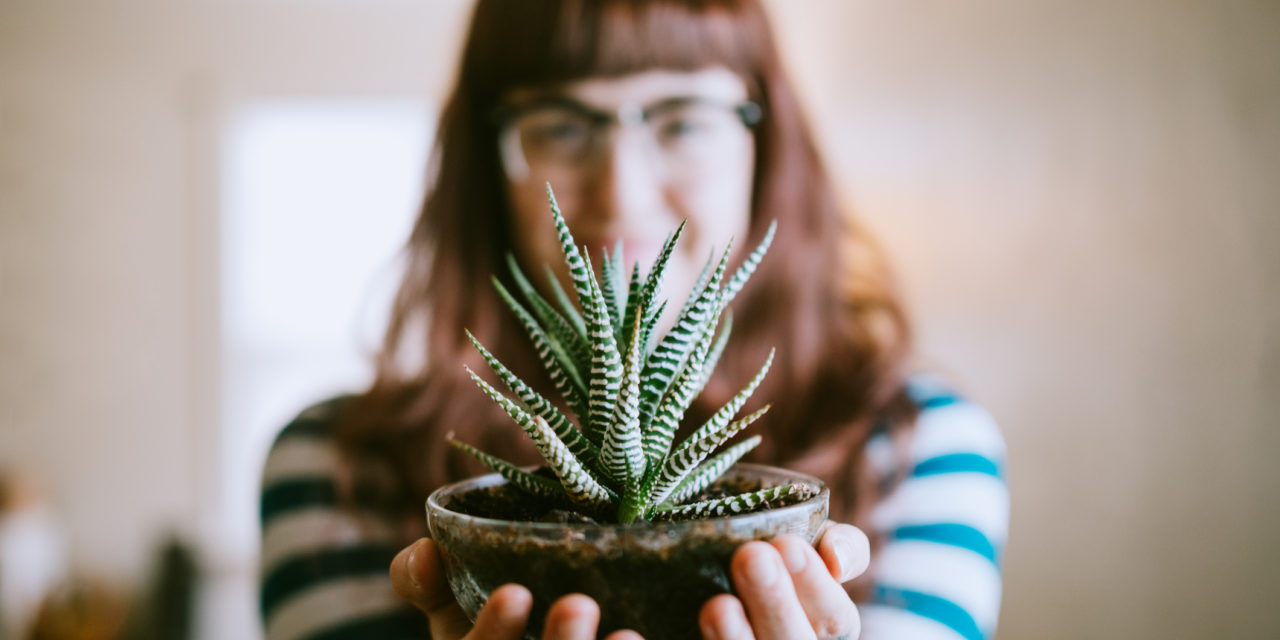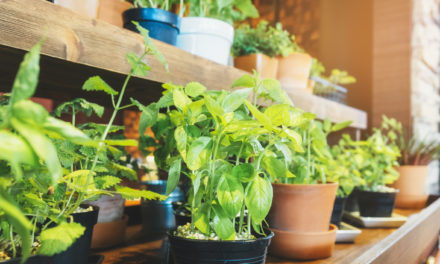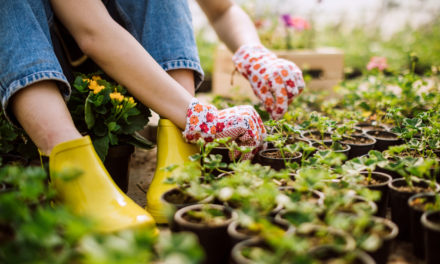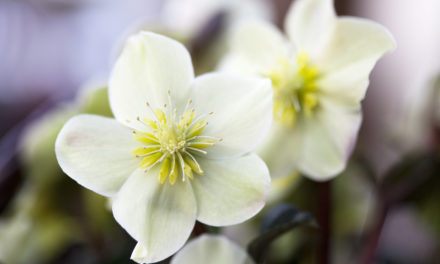The road is calling. You want to get away, but what about your houseful of pampered plants? Will they be OK for the week or two you’re gone?
The answer is yes – with a little planning. Because no one wants to kill that vacation buzz by coming home to dead plants.
“Indoor plants need water, light, stable temperatures and fertilizer just like outdoor plants, flowers, shrubs and trees. However, not all indoor plants require the same care,” said Cathy Berdon, houseplant expert and owner of Carriage House Designs.
Here are a few inexpensive methods to water your plants while you’re away:
1. Apply Some Extra TLC
Trim and water your plants right before you leave, and move them out of direct sunlight.
2. Use plastic bottles.
Drill a 1/8-inch hole in the lid. Fill the bottle with water, and screw the lid on tightly. Dig a small hole in the houseplant soil, and insert the water bottle upside-down in the hole. This can be done with outdoor plants, too, using a 2-liter bottle. This method will water plants for about three days, depending on bottle size.
3. Use glass bottles.
Fill a wine bottle, for example, up to the neck. Cover the hole with your thumb, flip the bottle and push the neck several inches into the soil. Lean the bottle against the edge of the pot, if needed, so it stays upright.
4. Make a string drip or “wick” system.
Put a vase or jug next to your plant. Cut a long piece of cotton or nylon twine (can be braided) or even a strip from an old cotton T-shirt. Place one end in the jug, and poke the other end in the plant’s soil. Fill the jar with water. Make sure the mouth of the jug is above the base of the plant so the water can drip down the string. This system can keep most plants happy for two weeks or more.
5. Make a mini greenhouse.
Good Housekeeping recommends placing a damp towel in a clear plastic bag that’s big enough to envelope your plant. Put the plant on top, and tie the bag shut, trapping as much air as possible inside. Once sealed, it should trap moisture released by the plant that will drip back down onto the plant. But move the plant away from direct sunlight so it doesn’t cook. Works for indoor and outdoor plants. – Give plants a bath. Place big plants in a bathtub lined with newspapers (great way to recycle). Add enough water to soak the papers. Close the shower curtain to retain moisture, and leave the bathroom light on, if possible. Small plants can be placed on a shallow tray lined with pebbles and filled with water for the same effect.
6. Give ’em a Newspaper to Read.
For large plants, place layers of damp newspaper over the top of the soil to keep it moist.
7. Baby them.
Just before you leave, repot your plant, placing diapers on the sidewall and/or bottom to retain moisture.
8. Beg a Friend for a Favor
A tried and true method. Ask a friend to stop by to water.
9. Get Low Maintenance Plants
If you travel a lot, think ahead with your plant selection. “Some of the easiest, no-fuss houseplants to grow include the spider plant (medium to bright light, keep soil evenly moist), snake plant (low to bright light, allow soil surface to dry between waterings), English ivy (low to medium light, keep soil evenly moist), Boston fern (medium to bright light, keep soil evenly moist), jade plant (low-water and low-maintenance survivor), croton (offers a splash of color, needs bright light, allow soil to dry between waterings), and philodendron (super easy to grow, low to bright light, allow soil surface to dry between waterings),” according to houseplant expert Cathy Berdon.
Bottom line, says Berdon, is to read the fine print. Be sure to read the indoor plant’s care instruction tag and determine the right location and watering instructions before buying it and bringing it home.

 Photo Credit: RyanJLane (iStock).
Photo Credit: RyanJLane (iStock). 



Comment on: 9 Cheap Ways to Care for Houseplants While on Vacation